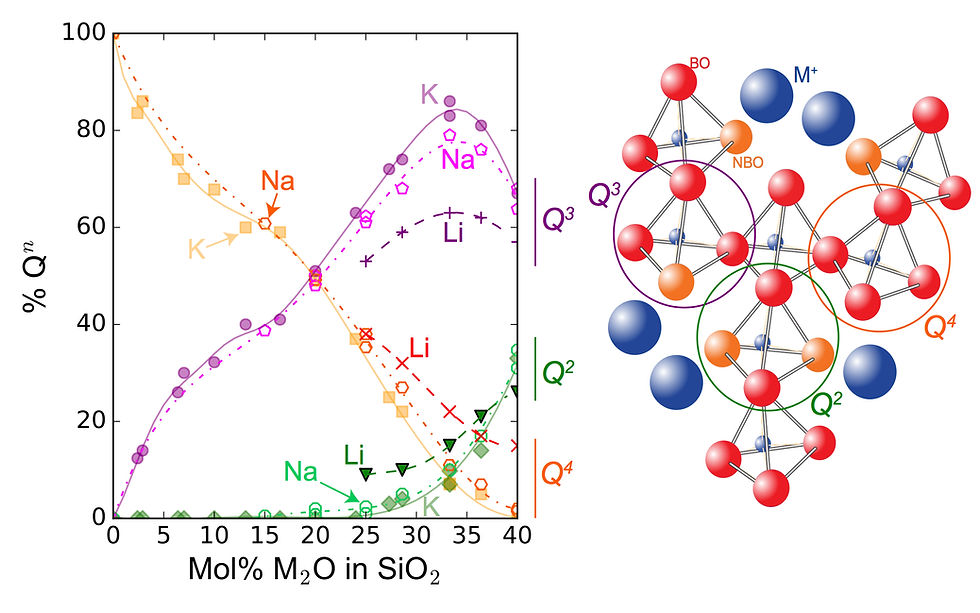AGU Fall Meeting 2014: a lot about isotopic stuffs!
- Charles Ll

- Jan 29, 2015
- 1 min read
I currently work in collaboration with Célia Dalou (University of Minnesota), Bjorn Mysen (Senior Scientist, GL) and George Cody (Acting Director, GL) on the environment of water in silicate glasses and melts. Particularly, we are interested at looking at the intramolecular partitionning of deuterium D and hydrogen H in the water dissolved in glasses. For doing so, we use H and D Magic Angle Spinning (MAS) Nuclear Magnetic Resonance (NMR) spectroscopy. This allows us to quantify the population of H or D in environments that present specific oxygen-oxygen distances in the glasses. We noticed that the repartition of H and D are not exactly the same, pointing to an intramolecular partitionning effect. I presented some results on this topic.

The occurence of such intramolecular partitionning of H and D in silicate glasses may help explaining why we observe strong fractionnation of D and H when an aqueous fluid is at equilibrium with a silicate melt at high temperature (350-800°C) and high pressure (200 to 1400 MPa). Célia Dalou presented the results of the study we conducted last summer. We performed experiments in a hydrothermal diamond anvil cell, putting a sodium aluminosilicate melt and various aqueous fluids (mixtures of water and heavy water) at equilibrium at given temperature and pressure. We noticed that D and H systematically fractionate between the melt and the fluid. The silicate melt is always depleted in D compared to the aqueous fluid. This may have important implications for the use of the isotopic D/H ratio of natural magmatic rocks to infer about the origin and exchange of water within the Earth crust and mantle.
Plenty of other interesting talks and posters were presented at AGU 2014. For the GL ones, you can check also the GL website.




Comments